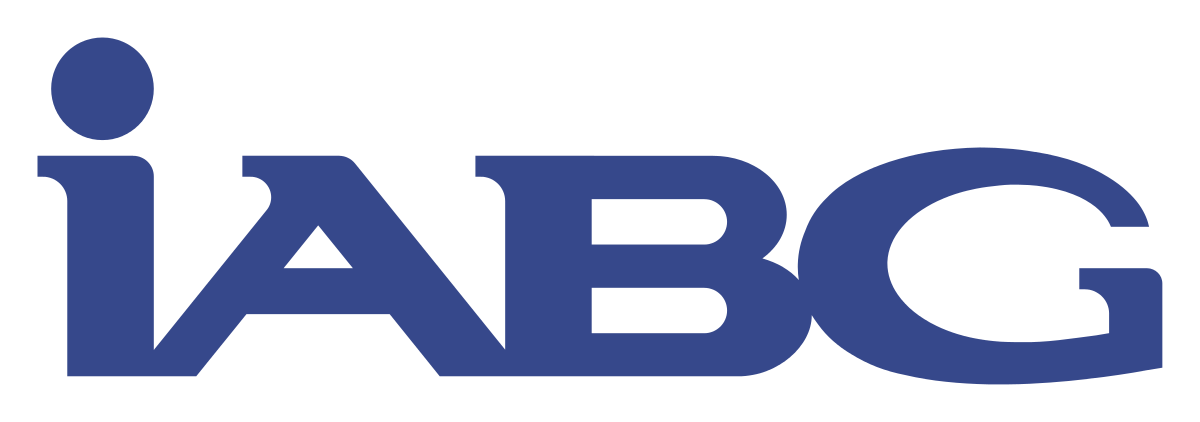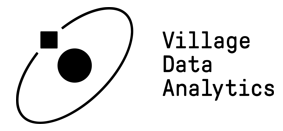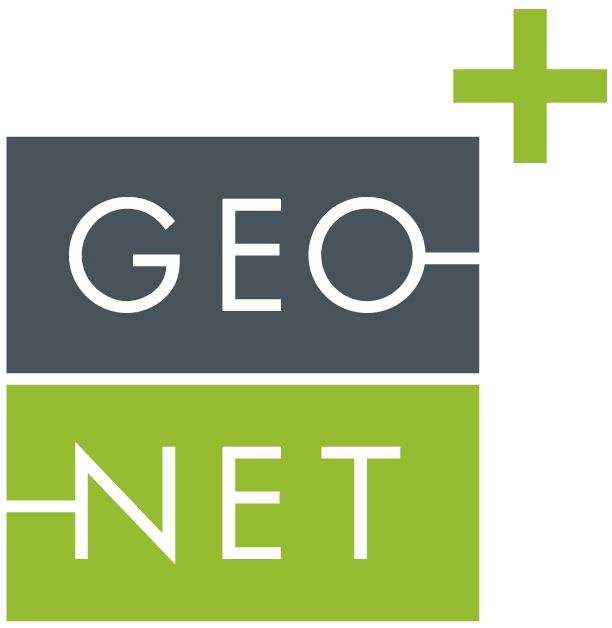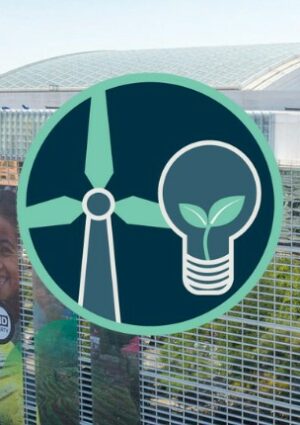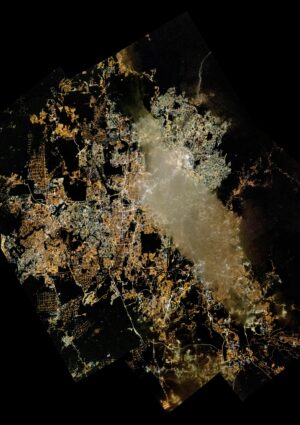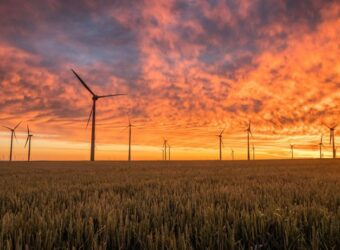Clean Energy
Clean Energy Themes
The addressed Use Cases in this domain will support the IFIs in- better characterising the present and expected energy demand of the population and various economic activities,
- scaling-up and integrating the Variable Renewable Energy sector in existing structures, with the potential to compensate for fossil energy sources
- increasing the energy infrastructure resilience,
- decreasing the environmental impact of energy infrastructure.

Renewable energy resource mapping. Detailed and long-term statistics on e.g. solar irradiance, wind speed and direction, runoff due to snow cover, geothermal anomalies, biomass crops, to provide the baseline for the selection of sites and technologies and dimensioning of the potential energy infrastructure.
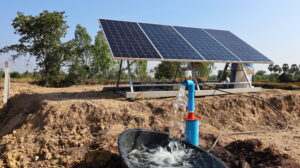
Energy demand characterisation, which is essential for efficient and sustainable infrastructure planning. EO is used for mapping of settlements, containing critical/public infrastructure and commercial activities. It also provides inventories of potential sources of high demand, such as irrigation areas, smallholder industry and other indicators of high electricity consumption economic activity.

Production and transmission infrastructure site selection. The information on potential energy resource is combined with information on local environment such as existing infrastructure characteristics. This may include assessment of photovoltaic potential that can be harvested from rooftops or water bodies, or identification of areas suitable for wind parks. Since some of the regions in focus do not yet connect to a main energy grid, it also includes the deployment of least-cost solutions for preparing suitable transmission infrastructure.

Creating inventories of existing energy infrastructure by mapping features such as high-voltage lines. Monitoring of the electrification progress can be supported by a combination of high- and very-high resolution imagery, focusing on medium- and low-voltage power infrastructure and networks.

Managing energy production operations. Information is provided on e.g. available and/or forecasted biomass crops or wind power as well as available solid fuel in the form of waste accumulated at managed waste sites. Here specific emphasis is put on significant variations, potentially caused by extreme weather events still able to satisfy the energy demand.
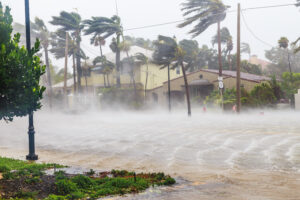
Assessing energy infrastructure vulnerability to climate change and natural disasters. The EO-based developments elaborate the situation of the energy infrastructure with respect to potential floods, landslides, erosion, and other climate-related and man-made risks. A review of previous decades, in combination with most recent monitoring aims to provide a comprehensive picture.
IFI projects addressed through the use cases
- Viability Assessment for Potential Wind Power Electricity Generation Projects, ADB. The Use Case provides the baseline for the characterization of potential wind fields in Armenia on a national level.
- Geospatial Electrification Planning in the Africa Region (GEPAR), World Bank Providing EO solutions investigating energy demand with particular focus on precise delineation and characterisation of agricultural land and its seasonal variation. This information will be linked to settlement areas.
- Armenia: Enabling the Energy Transition Program-for-Results, World Bank Providing information on national, regional and local level to support site selection and quantification of the impact of potential investments, mainly for solar energy production.
- Sahel Poverty Monitoring Program, World Bank Studying night time lights data in Cameroon (potentially scaling up to the Sahel region) to better understand the linkage between poverty reduction and access to energy.
- Electricity Distribution Modernization Program, World Bank Providing information on environmental risks in Bangladesh, determining potentially-affected energy assets by considering multiple risk sources, such as flooding, extreme wind, landslide, but also rapid land use land cover changes, such as vegetation encroachment.
- Electricity Access Expansion Project Niger, World Bank Monitoring extreme weather situations and resulting floods and droughts, together with hydrologic modelling of potential water distribution in case of an emergency, in countries in the green belt of the Sahara. The EO-based solutions will support the planning process, given the limited availability of free data sources.
- Central Asia South Asia Electricity Transmission and Trade Project, World Bank Monitoring progress of the construction of an electricity transmission line connecting at least four countries, as well as characterisation of potential transmission line segments highly exposed to environmental threats (landslide and erosion, extreme weather, land cover change).
Consortium Members
